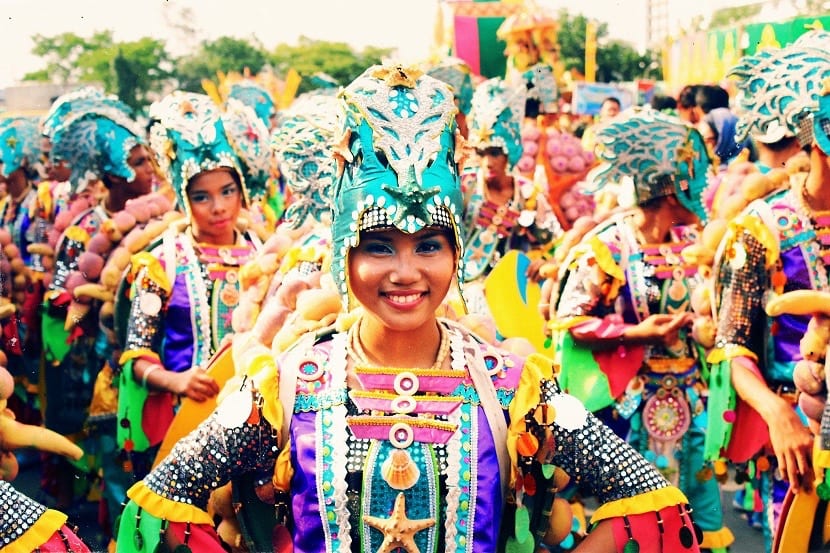
The Filipinos are known as settlers in many parts of the world because they are considered like chameleons… they easily adapt to the different environments they may find themselves in. They develop to survive, they know what survival is.
The Republic of the Philippines was named in honor of King Philip II of Spain in 1543. Filipinos are originally from the southern part of Asia. There are origins from China, India, the United States and Spain, people who married Filipinos so there is a lot of mixture of cultures among their people. 79 indigenous ethnic groups make up the Filipino people and according to Wikipedia, the last five centuries have had a great impact in terms of the cultural mix in Asian and Western populations.
The colonial reign of the Spanish in 1570-1898, as well as that of the Americans in 1903-1946, led to an expansion of Christian values and a new identity to all Filipinos in addition, the interaction with the cultures of other countries such as China, India, Indonesia and Malaysia gave an Asian and specific touch to the cultural heritage of the Philippines.
Language
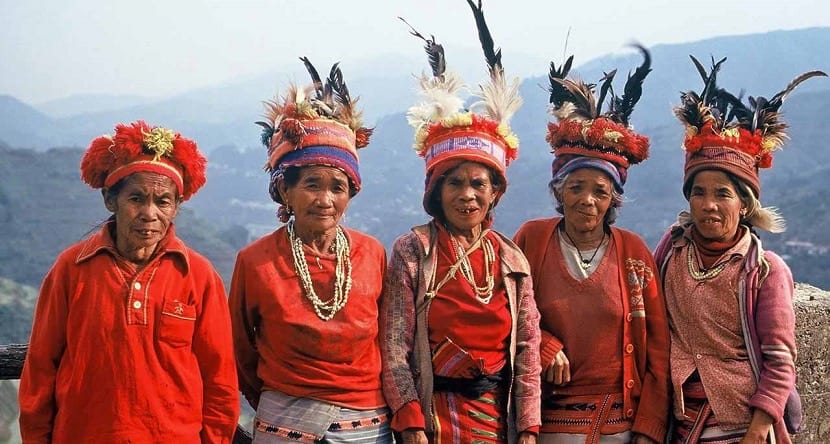
In the Philippines there are an estimated 175 languages spoken and almost all are classified as Malay-Polynesian languages and some eighty dialects.. Among these languages there are 13 that are indigenous with almost 1 million speakers.
For more than three centuries in the Philippines, Spanish was the official language under the colonial rule of Spain. It was spoken by 60% of the population. But the use of Spanish began to decline after the Philippines was occupied by the United States in the 1900s, and it was in 1935 that the Philippine Constitution named both Spanish and English as official languages. But in 1939 the Tagalog language became the official national language. The language named "Filipino" was named in 1959 and Since 1973 and up to the present, Filipino and English are the most common languages among its inhabitants.
Culture in the Philippines

The Philippines is a country that has varied greatly depending on cultural influences, although most of these influences are the result of the colonizations they had, so the culture of Spain and that of the United States are the most evident. But despite all these influences, the ancient Asian culture of the Filipinos remains and is clearly seen in their way of life, beliefs and customs.. The culture of the Filipinos is well known and appreciated by many people around the world. Some interesting facts about Filipino culture are the following:
- Filipinos are very fond of musicThey use various materials to create sound and like to represent dances and singing groups.
- Christmas is one of the most loved celebrations by Filipinos. Families gather on December 24 to celebrate the traditional "Christmas Eve." The new year is also celebrated by gathering all the family members again. It is celebrated with knitted clothes and fruits on the table.
- Filipinos are experts in sports, the traditional one of the country is called Arnis which is a form of martial arts. Although they also enjoy watching basketball, soccer or boxing games.
- Family is very important to them and also include uncles, grandparents, cousins and other external relationships such as godparents or very close friends. The children have loving godparents and when the parents are not there it is the grandparents who take care of the little ones. It is common for families to work together in the same companies. There are different social classes.
Some interesting facts about the culture of the Philippines
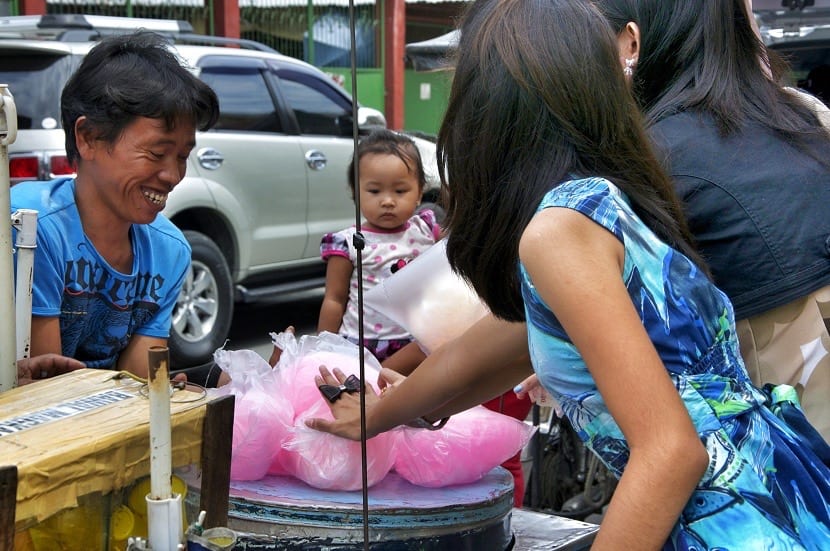
The Philippine culture has been formed as the result of a mixture of foreign influences and native elements, as I have mentioned above.
Although traditional theater, literature and kundimans (love songs) in the local language regained prominence with the advent of Corazón Aquino's Popular Power movement, today visitors will witness beauty pageants, soap operas, Filipino action films and love and local music groups inspired by western pop.
Only 10% of Filipinos (the so-called minority cultural or Filipino tribal groups) maintain their traditional culture. There are around sixty ethnic clans, including the Badjao, nomads of the sea that live in the Sulú archipelago, and the Kalinga headhunters, in the north of Bontoc.
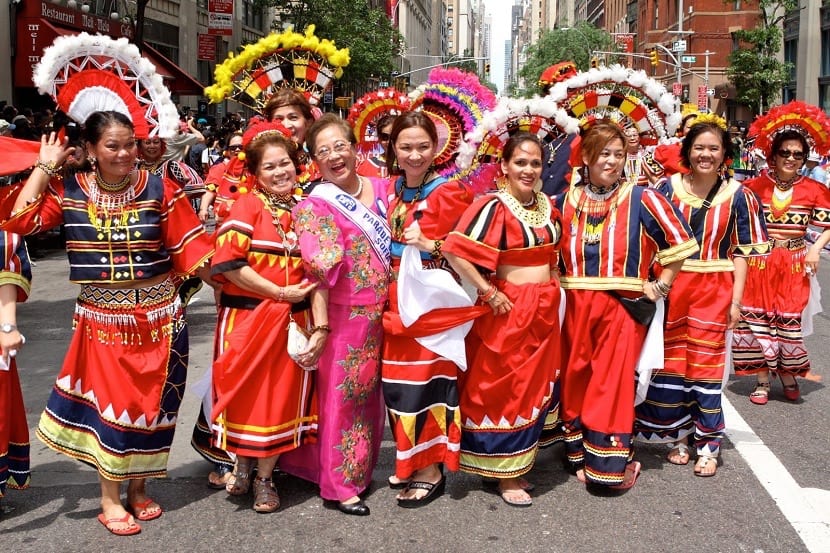
The Philippines is the only Christian country in Asia, a belief held by more than 90% of the population. The largest minority religious group is the Muslim, whose bastion is the island of Mindanao and the Sulú archipelago. There is also an independent Philippine church, some Buddhists, and a small number of animists.
The geography and history of the Philippines have contributed to the multiplicity of existing languages, which in total number about eighty dialects.. The concept of national language was developed after the Spanish-American War of 1898, and in 1936 Tagalog was decreed as the national language, despite the fact that there were other candidates for this title, such as Cebuano, Hiligaynon and Ilocano.
As I have mentioned above, in 1973 it was agreed that Filipino would be the official language. It is a language based on Tagalog, but incorporating elements from other languages of the country. Despite everything, English remains the most widely used in commerce and politics.
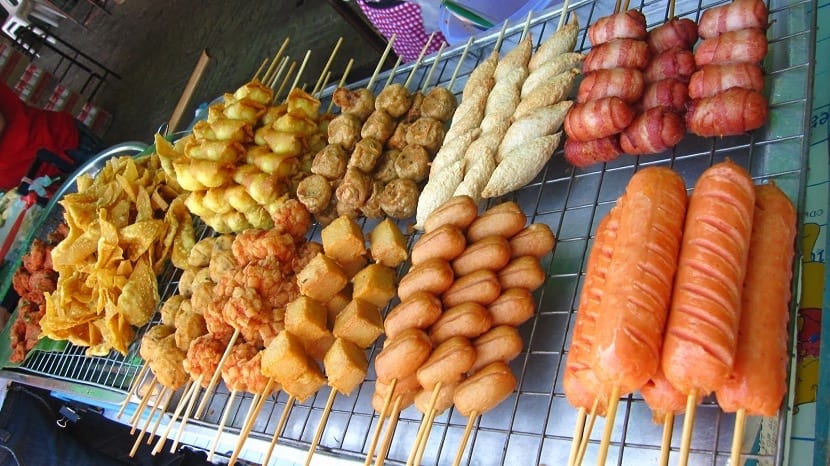
Philippine cuisine has received Chinese, Malay and Spanish influences. The snack designates both the mid-morning and mid-afternoon snacks while the pulutan (appetizers) are served with alcoholic beverages. For dinner the barbecued meat or seafood skewers are styled.
Among the most common dishes, which are always served with rice, include meat and vegetables cooked with vinegar and garlic, grilled grouper, meat stews and a wide variety of soups: rice, noodles, veal, chicken, liver, knee bone, roasts or sour vegetables.
Dishes are served with green papaya slices, fermented fish or shrimp paste, and pieces of crispy pork rind. The halo-halo is a dessert based on crushed ice with caramel and fruit, all covered in powdered milk.